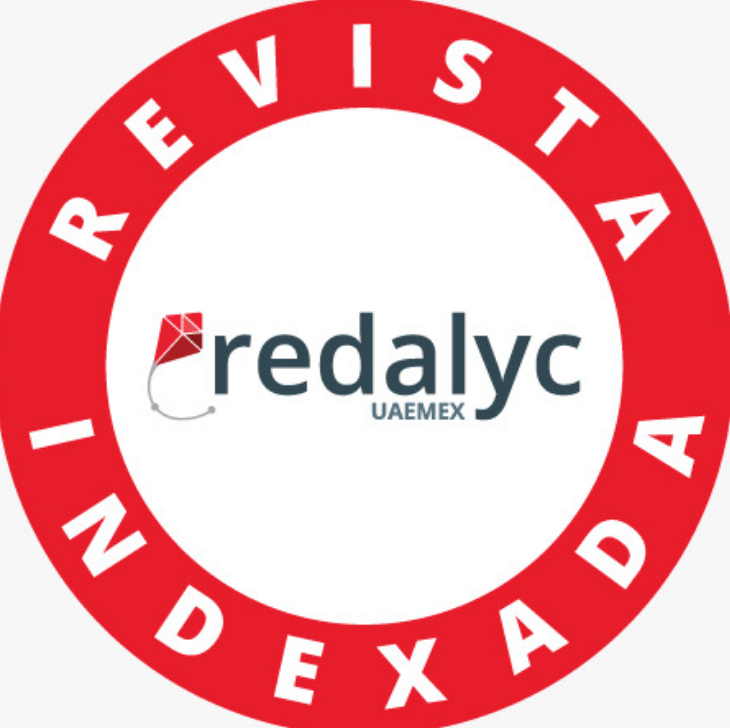Data migration process in the implantation of Enterprise IT Applications
Keywords:
data migration process, data migration, SMEs, qualitative analysis, ERPAbstract
Data migration is defined as the transfer of data between database management systems. There are few methodologies, strategies and techniques on data migration, however, these are not applied, are unknown or mostly designed for large companies. The purpose of this research is to develop a description of the data migration process in the implantation of Enterprise IT Applications (EITA). The methodology we use is a field study, which is based on the case study methodology proposed by Yin. This field study consisted of interviews with expert consultants and staff of the SMEs that participated in a data migration process. The qualitative analysis of the data collected was carried out with the MAXQDA tool, following Kuckartz's recommendations. The resulting process details the phases, activities and actors involved in the data migration.
Downloads
References
N. Tehreem, «Data Migration – The Why, The What, and The How,» 2019. [En línea]. Disponible: https://www.astera.com/type/blog/data-migration-software/.
A. Leguizamon, "Pautas para una correcta migración de datos," 2017.
S. Vidacic, I. Pihir and R. Fabac, "Method of data migration from one ERP system to another in real time," Proceedings of the 21st Central European Conference on Information and Intelligent Systems, 2010.
L. Márquez, D. G. Rosado, H. Mouratidis, D. Mellado and E. Fernández-Medina, "A Framework for Secure Migration Processes of Legacy Systems to the Cloud," Advanced Information Systems Engineering Workshops, 2015.
R. K. Yin, Case Study Research Design and Methods, 5th ed., Thousand Oaks, CA: Sage, 2014, p. 282 páginas.
S. Frey, "Migration of software systems to platform as a service based cloud environments (Doctoral dissertation, Kiel University)," 2011.
P. Russom, «Best Practices in Data Migration,» The Data Warehousing Institute, 2006.
L. Motiwalla y J. Thompson, Enterprise Systems for Management, Boston, MA: Pearson, 2012.
B. Kaplan and J. A. Maxwell, "Qualitative research methods for evaluating computer information systems," Evaluating the organizational impact of healthcare information systems, pp. 30-55, 2005.
B. Yazan, "Three Approaches to Case Study Methods in Education: Yin, Merriam, and Stake.," The Qualitative Report, vol. 20, pp. 134-152, 2015.
U. Kuckartz, Qualitative Text Analysis: A Guide to Methods, Practice & Using Software, Londres: SAGE Publications Ltd, 2014.
H. Kerzner, Strategic Planning for Project Management Using a Project Management Maturity Model, J. W. &. Sons, Ed., 2002, p. 272.
L. M. Gonzalez Amaral and J. Pascoal Faria, "A Gap Analysis Methodology for the Team Software Process," Seventh International Conference on the Quality of Information and Communications Technology, pp. 424-429, 2010.
T. Addagada, "Do We Need a Mature GAP Analysis?," 2012. [En línea]. Disponible: https://archive.is/20130120053323/ http://clients.criticalimpact.com/go.cfm#selection-495.13-497.16
R. Depietro, E. Wiarda and M. Fleischer, "The context for change: Organization, technology and environment," The processes of technological innovation, vol. 199, pp. 151-175, 1990.
Downloads
Published
Issue
Section
License
Copyright Notice
Authors who publish this journal agree to the following terms:
- Authors retain copyright and grant the journal right of first publication with the work simultaneously licensed under a Creative Commons Attribution-Non-Commercial-Share-Alike 4.0 International 4.0 that allows others to share the work with an acknowledgement of the work's authorship and initial publication in this journal.
- Authors are able to enter into separate, additional contractual arrangements for the non-exclusive distribution of the journal's published version of the work (e.g., post it to an institutional repository or publish it in a book), with an acknowledgement of its initial publication in this journal.
- Authors are permitted and encouraged to post their work online (e.g., in institutional repositories or on their website) prior to and during the submission process, as it can lead to productive exchanges, as well as earlier and greater citation of published work.
Disclaimer
LAJC in no event shall be liable for any direct, indirect, incidental, punitive, or consequential copyright infringement claims related to articles that have been submitted for evaluation, or published in any issue of this journal. Find out more in our Disclaimer Notice.











